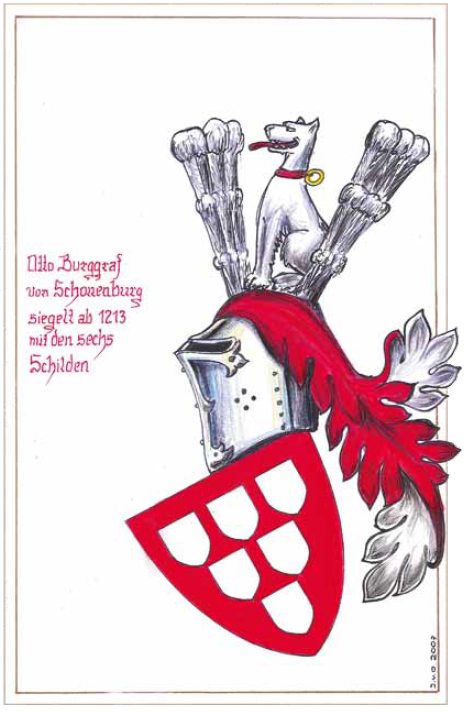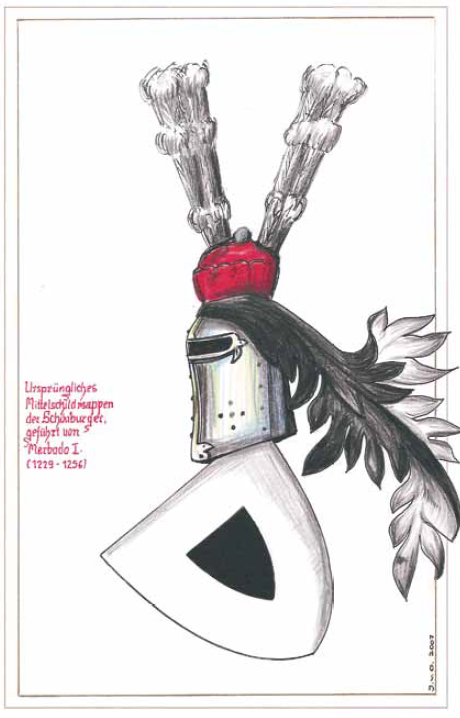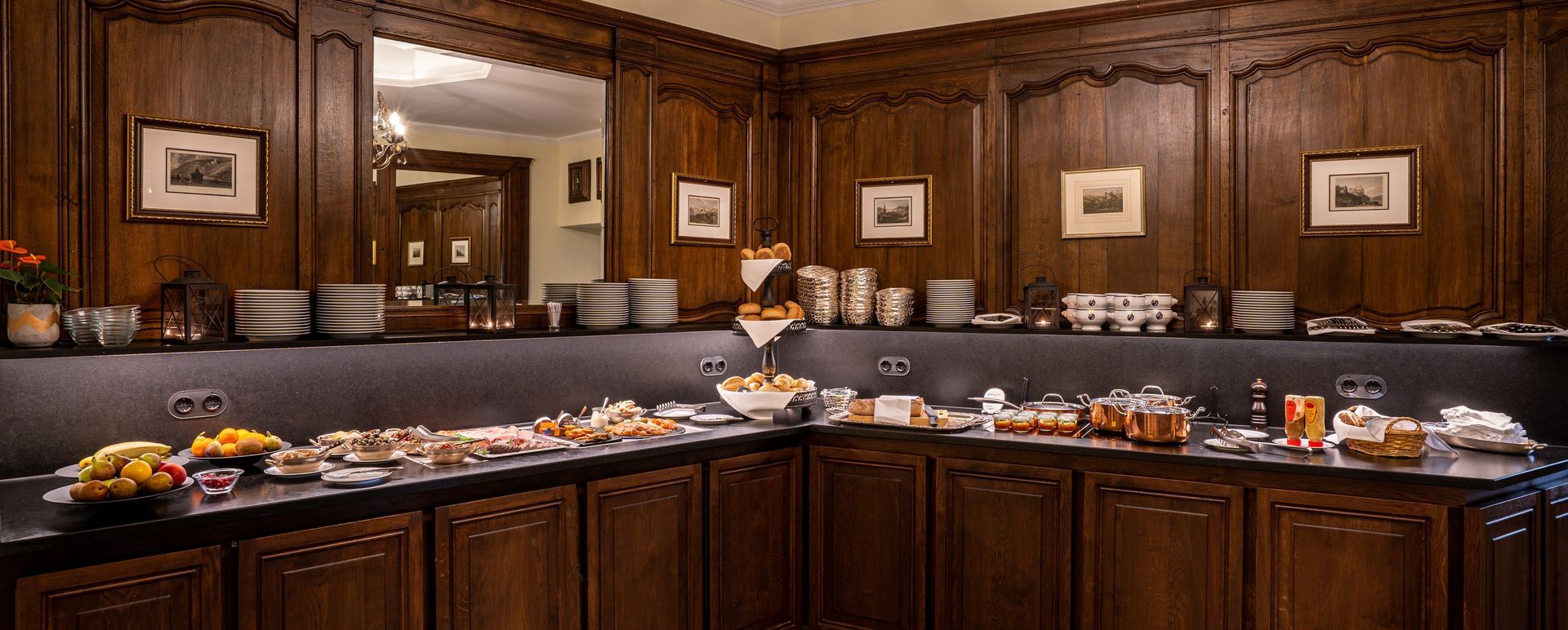The construction of the Schonenburg begins

The construction of the Schonenburg remains unclear to this day, whether the castle, begun in the early 11th century, was intended to safeguard Magdeburg's interests, or whether it was needed by the emperor Henry II, who was called "holy" and reigned until 1024, for his "watch on the Rhine." For even as late as 1159 – under Frederick Barbarossa – Otto von Schonenburg (Schönburg) was referred to as a "ministerialis regis" – meaning a royal official. Terrible events occurred at the castle in 1148: Count Palatine Hermann of Stahleck allowed the son of his predecessor, Otto von Rheineck, to starve to death and then, out of mercy, had him strangled so that Otto the Younger could not interfere with his work. This was not a particularly Christian act, yet Magdeburg did not react at all.
Back in the empire, Barbarossa, who had already gained an impression of the place and castle in 1152 (on his way to his coronation), brought "Wisele" (as it was now called) back into his direct sphere of influence on March 8, 1166. The Archbishop of Magdeburg was compensated with the imperial abbey of Nienburg on the Saale and the stately castle of Frankenleben. Otto von Schönburg was assured that the "Schonenburg" would always remain with the empire.
On February 15, 1180, Pope Alexander III intervened, asking the emperor to restore the old conditions and return Wisele to Magdeburg. Could it be that the Magdeburg clergy were missing their good Rhine wine?
Once again to Magdeburg: The fact that Emperor Frederick II returned "Wesel" to Magdeburg on May 14, 1216, can be understood as a tactical move to pacify ecclesiastical claims, since the emperor had also included a repurchase right of 2000 silver marks in the contract. As soon as the Archbishop of Magdeburg, Adalbert II, passed away, Frederick took action and pursued the return. In 1237, the city was considered imperial free.
The emperor still had a small matter to settle with the Schönburg family, as they claimed lost rights of bailiwick. With 300 silver marks, the emperor solved this problem. The pope was once again angry with the self-willed, highly intelligent, and educated Staufer, especially since he was also a "womanizer.

New Paragraph




